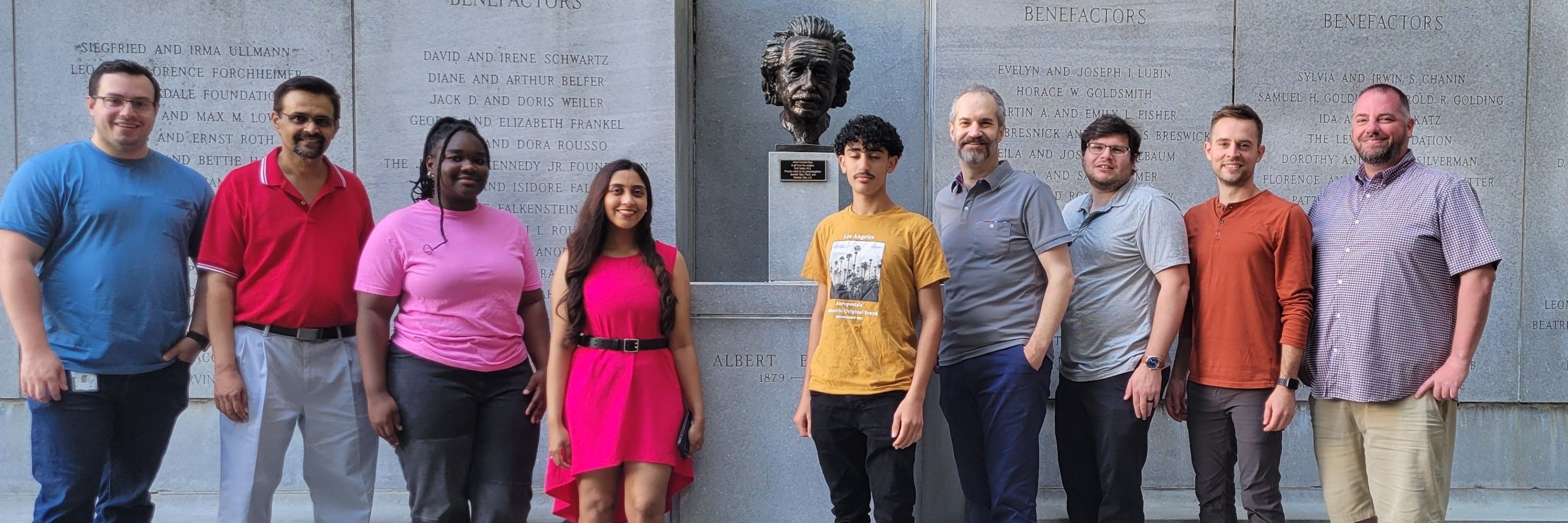
or
how I stopped worrying and learned to love charge, grease, and intrinsic disorder
Professor of Biochemistry
Albert Einstein College of Medicine
Check it out: doi.org/10.1101/2025.07.03.663002
5/5

Check it out: doi.org/10.1101/2025.07.03.663002
5/5
4/5
4/5
3/5
3/5
2/5
2/5
Basic science matters. So does federal funding. /end
Basic science matters. So does federal funding. /end
It’s druggable. It’s specific. And it’s a promising new angle in a challenging AML subtype.
This is exactly the kind of science made possible by federal funding. /6
It’s druggable. It’s specific. And it’s a promising new angle in a challenging AML subtype.
This is exactly the kind of science made possible by federal funding. /6

